Why choose a certified Ullman sails loft for sail repairs
When performance, reliability, and longevity matter, who repairs your sails is just as important as how you use them.
A certified Ullman Sails loft combines trained craftsmanship, proven methods, and premium-grade materials to return your sails to peak shape—safely and consistently.
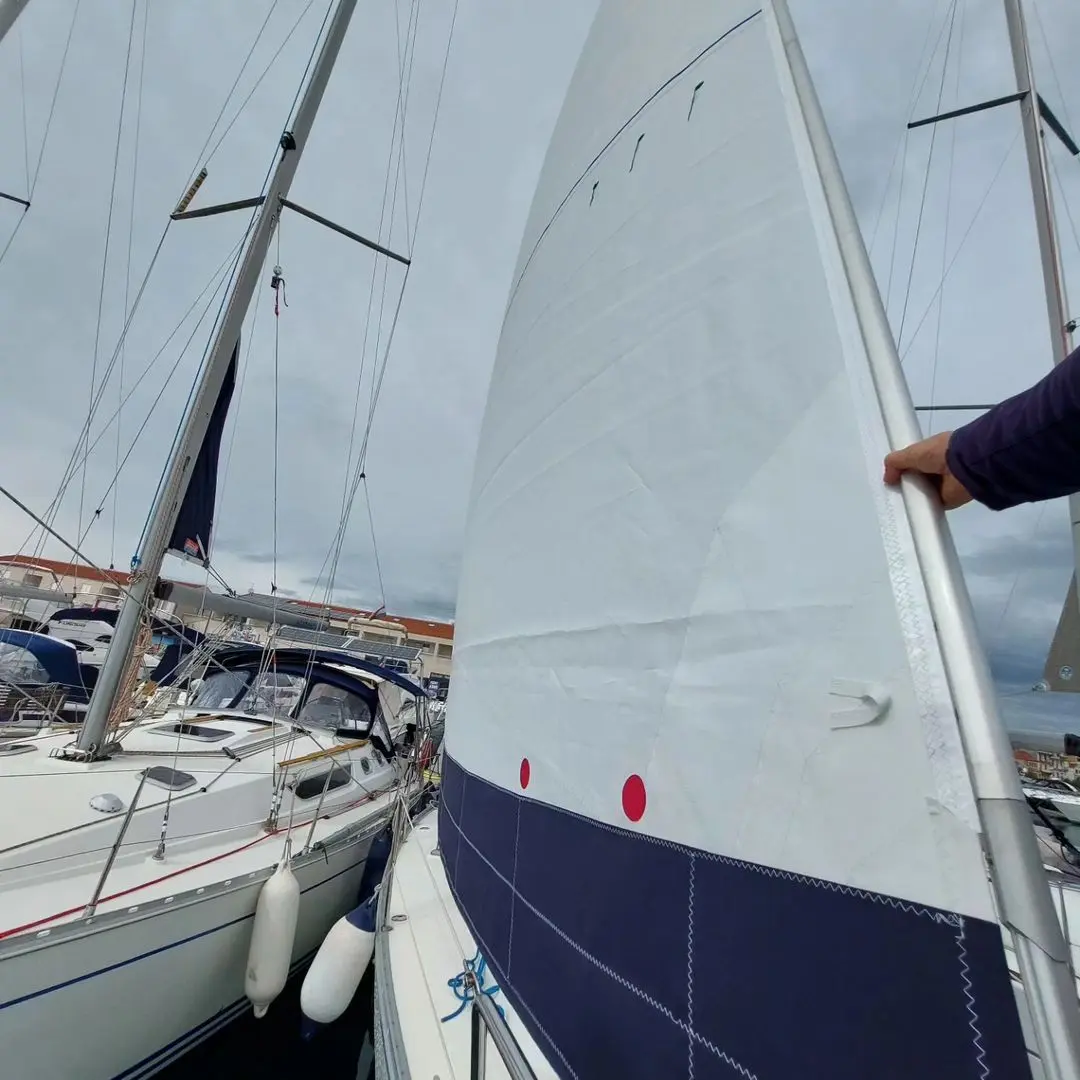
What “Certified” really means
Certification isn’t a logo; it’s a standard.
A certified Ullman loft operates under documented processes and quality controls that align with Ullman Sails’ global methodology:
- Trained technicians following approved repair techniques for woven and laminated cloths.
- Specified materials (cloth, threads, tapes, webbing, hardware) matched to load paths and expected use.
- Consistent QA—from intake inspection to final sign-off—so work is traceable, repeatable, and warranted.
- Design support from the broader Ullman network when a sail needs re-cutting, panel replacement, or performance tuning.
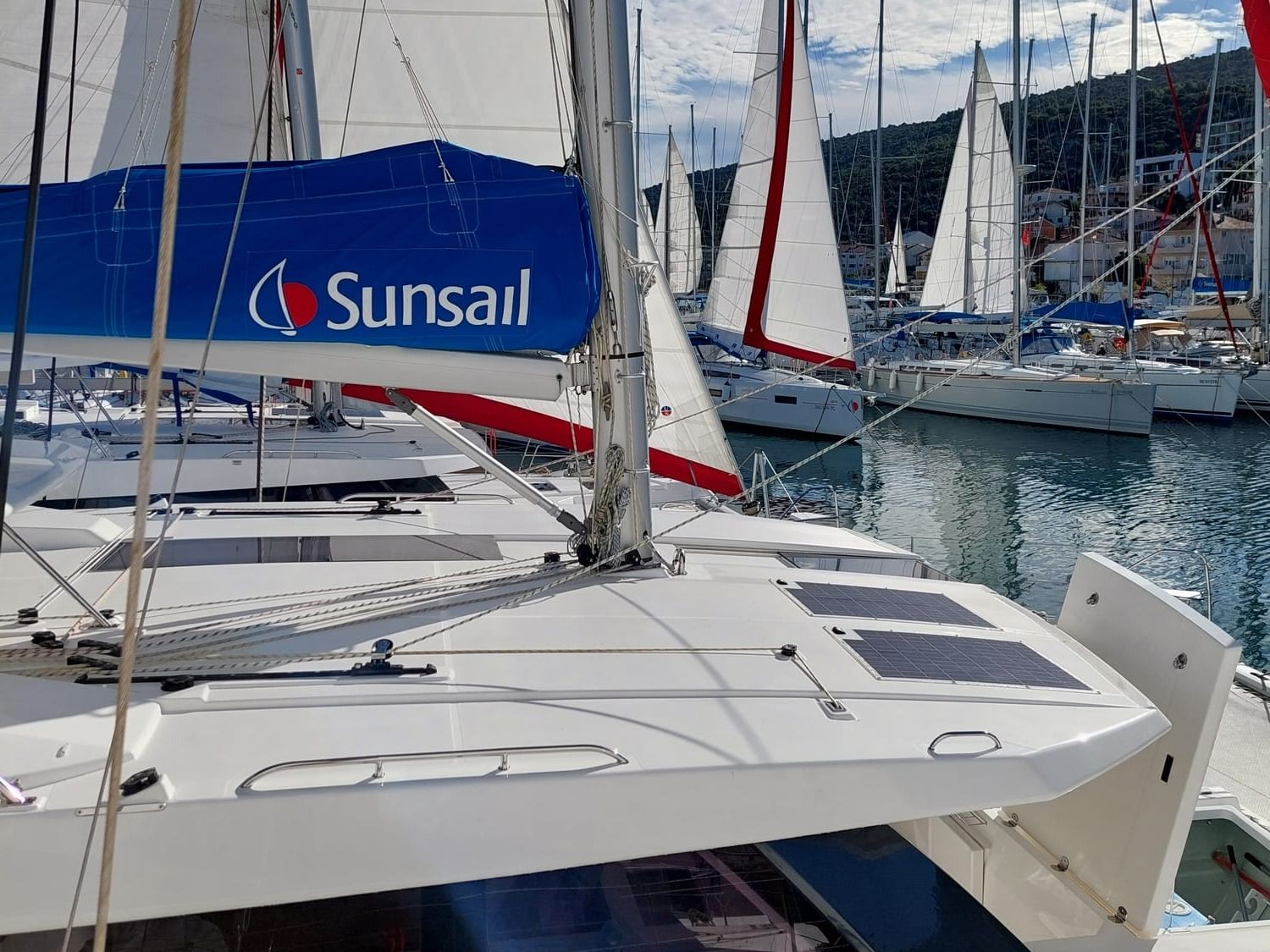
Premium materials, proper methods
Sail repairs succeed or fail at the fiber level.
Certified lofts use components selected for marine UV, flex, and load cycles:
- UV-resistant threads (e.g., bonded polyester/aramid) and seam constructions that keep shape under flogging and leech loads.
- Reinforcement tapes and patches sized to real stress lines, not just “covering a hole.”
- Appropriate adhesives and films for laminates to prevent delamination and print-through.
- Correct luff tapes, batten hardware, headboard/cringle fittings compatible with your rig and furling gear.
Result: a repair that restores structure and shape, not merely appearance.
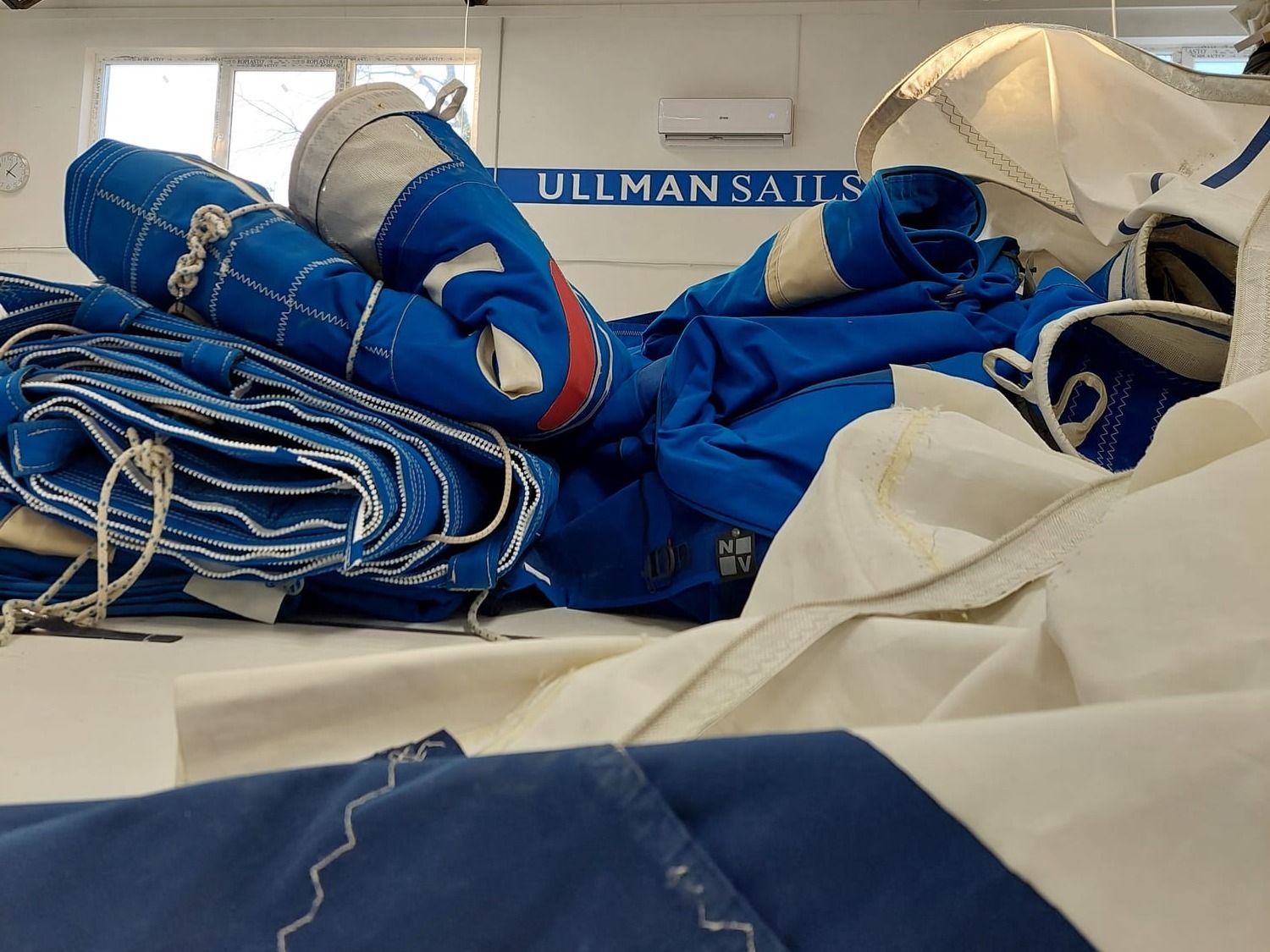
From Minor Fixes to Full Restorations
A certified loft handles the full spectrum with the right triage and tooling:
- Restitching & seam renewal where UV has weakened thread.
- Leech/foot UV cover replacement for furling headsails.
- Chafe patching & spreader patches placed precisely on wear zones.
- Batten pocket rebuilds and hardware upgrades (end caps, tensioners).
- Luff tape replacement, bolt rope adjustments, and slider/hank servicing.
- Panel replacement or re-cutting to recover draft position and reduce flog-induced distortion on mains and headsails.
- Downwind sail repairs in nylon, with minimal added weight and careful shape preservation.
If a sail is beyond economical repair, you’ll get an honest, data-based recommendation—often with options to extend life one more season or transition to a new Ullman design.
Performance tuning that you can feel
Repairs are only half the story.
Certified lofts can optimize sail shape while they’re on the bench:
- Re-tensioning leech lines and refining batten geometry.
- Adjusting draft and twist behavior through panel work or localized recuts.
- Balancing mainsail entry/exit for easier helming and a wider groove.
You leave not just with a “fixed” sail, but a faster, calmer, and longer-lasting one.
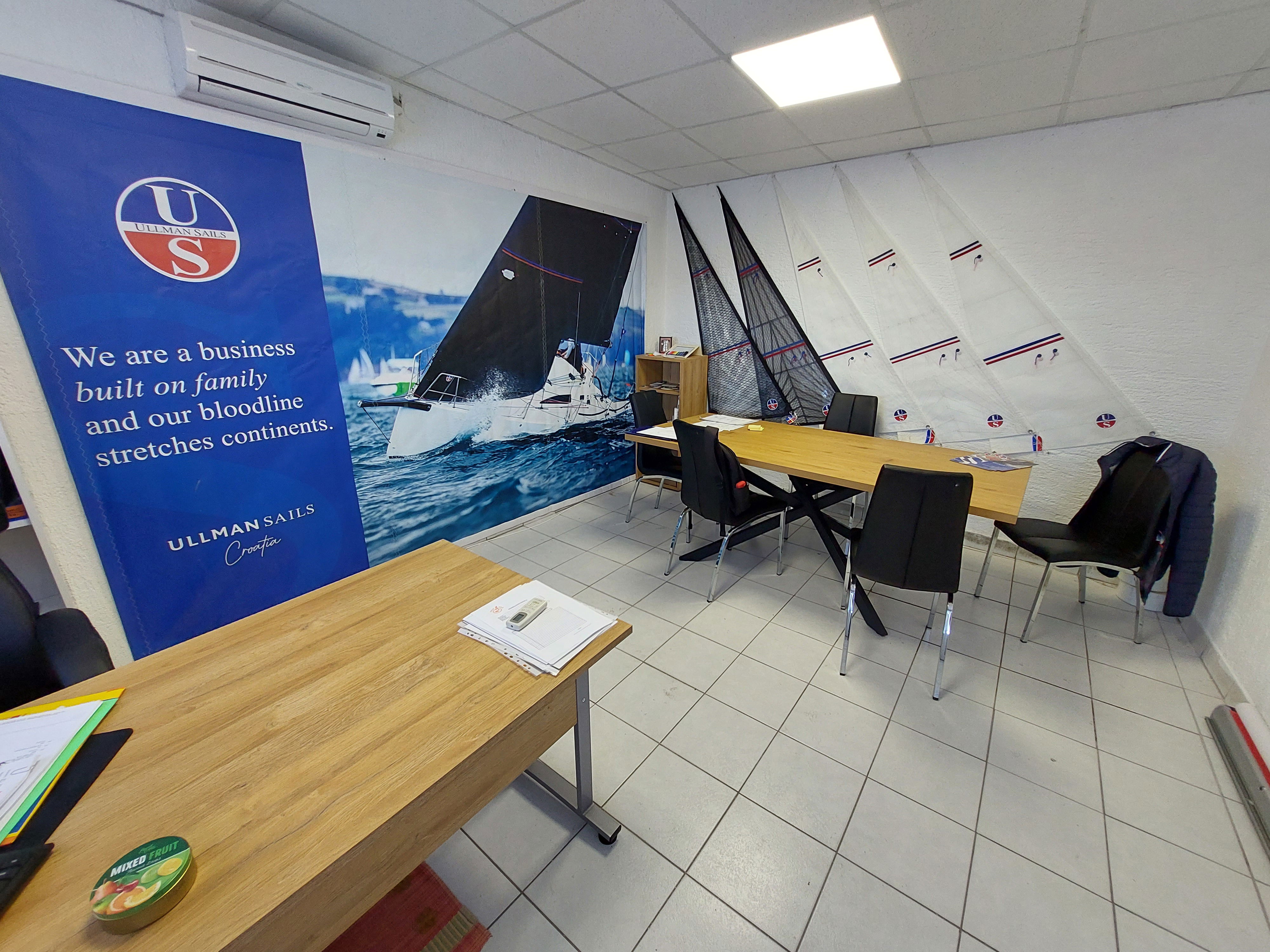
Documented process, predictable results
Every job follows a straightforward, transparent workflow:
- Intake & Inspection
— condition report with photos and recommendations. - Scope Agreement
— materials, price range, and lead time confirmed. - Execution
— certified methods and parts, with in-process checks. - Final QA
— seams, patches, hardware, and shape reviewed. - Care Notes
— storage, rinse, and usage guidance to protect your investment.
The Rempar + Ullman advantage
As a certified Ullman Sails loft, Rempar Sailing d.o.o. delivers repair and upgrade work that meets recognized international standards—using approved materials, documented methods, and a quality process that protects both performance and safety.

What we offer:
- Comprehensive inspection and written condition reports
- UV cover renewals, seam restitching, and chafe mitigation
- Panel repairs and selective re-cuts to recover designed shape
- Hardware servicing (luff tapes, sliders, hanks, battens, headboards)
- Downwind sail care with weight-conscious repair strategies
- Post-service guidance for storage and maintenance
Outcome:
sails that set cleanly, trim easily, and last longer—with repairs you can trust when it’s blowing 25 and building.
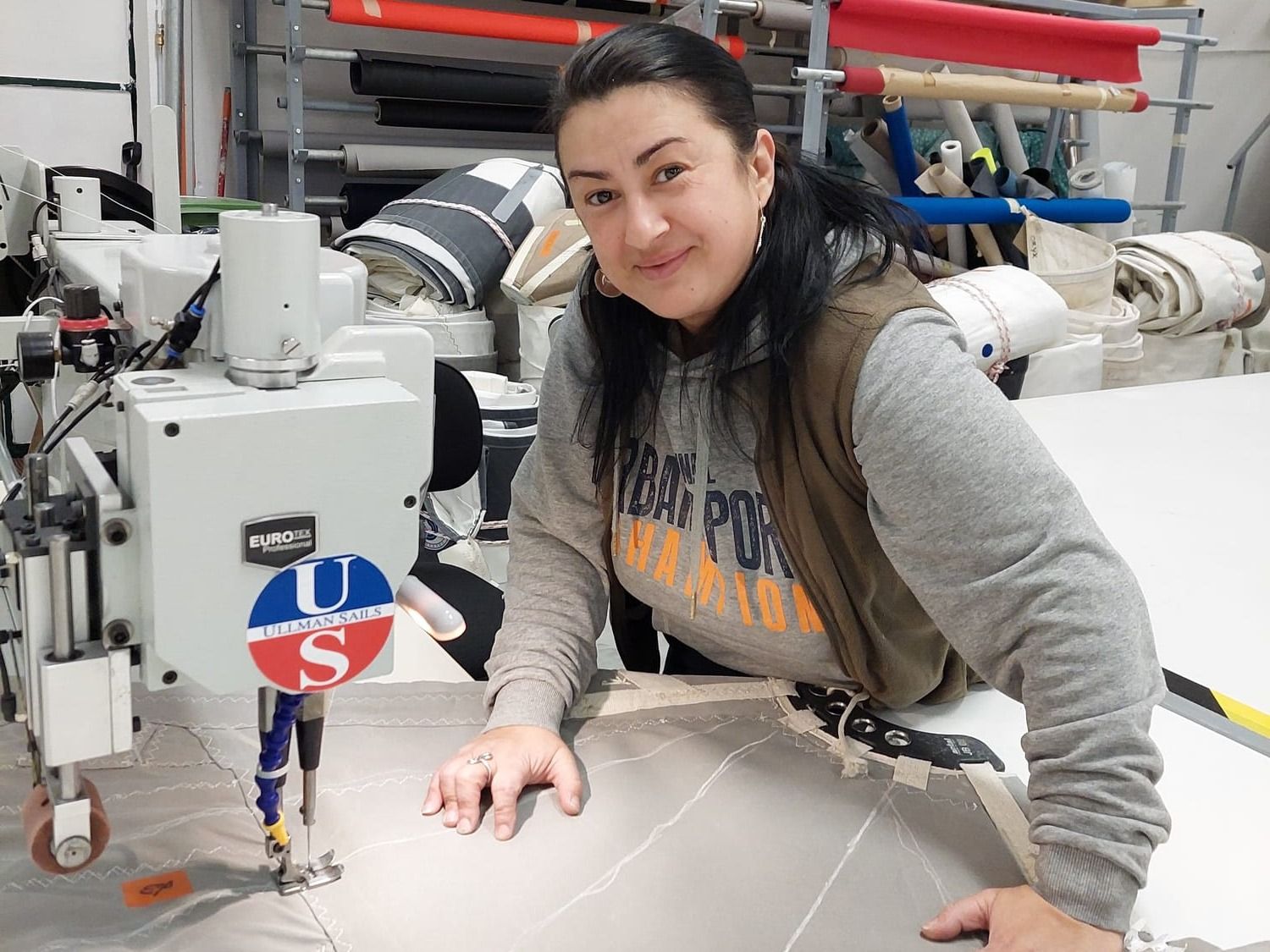
Quick care tips after any repair
- Rinse salt, dry fully, and avoid creasing laminates.
- Rotate fold lines on Dacron; roll laminate sails.
- Schedule a mid-season check if you sail frequently or race.
- Store in breathable bags, off the deck, away from heat.


